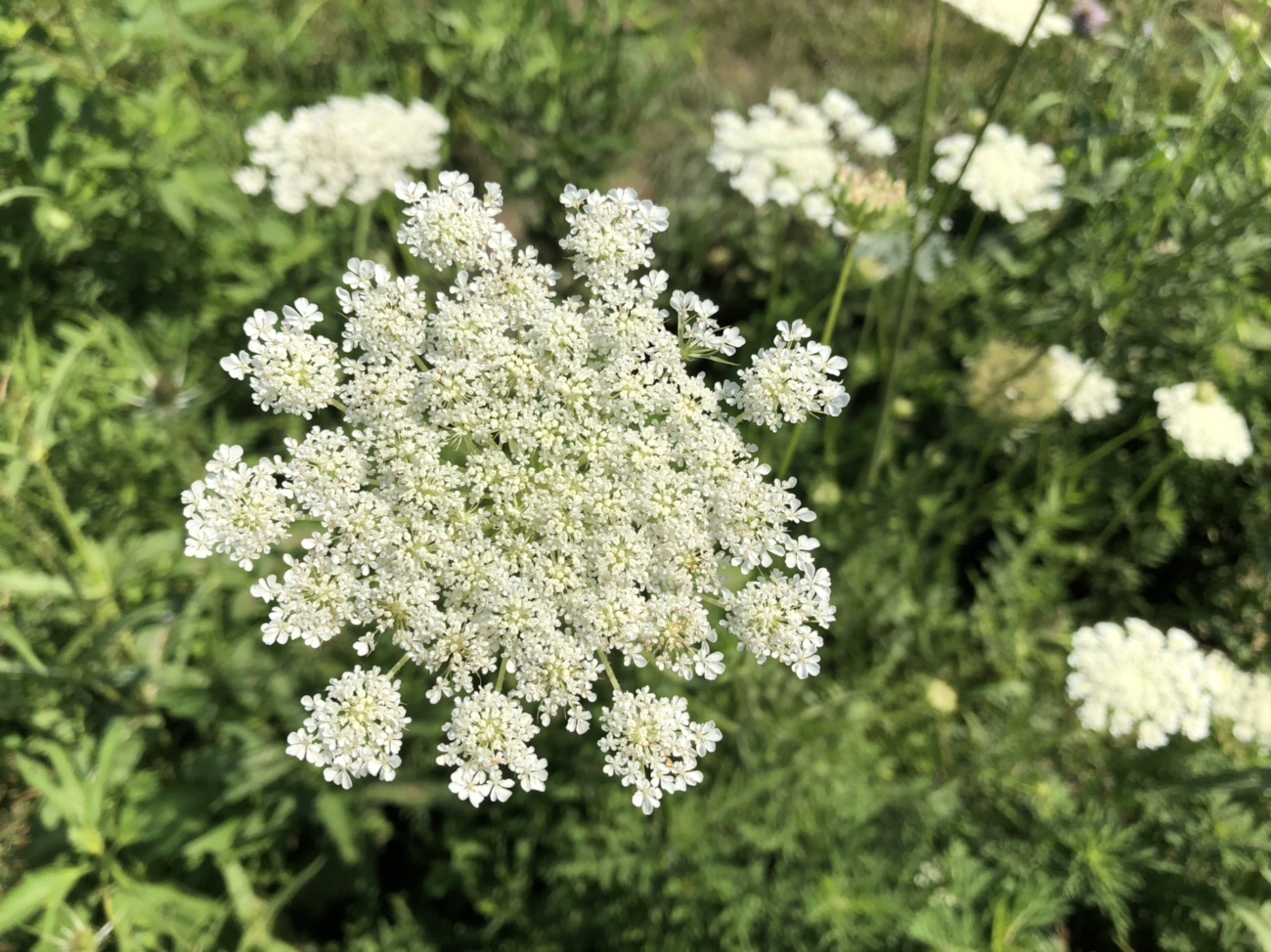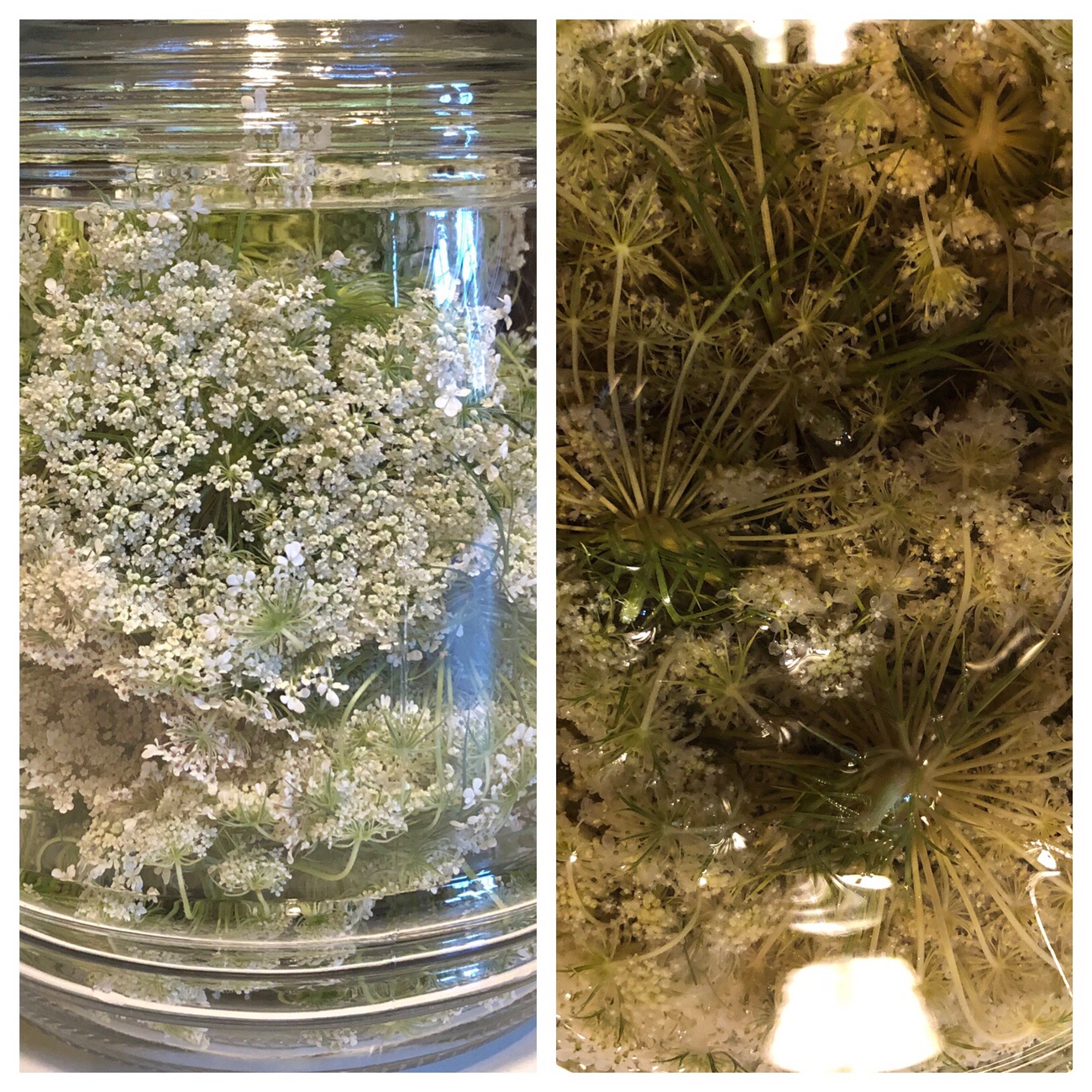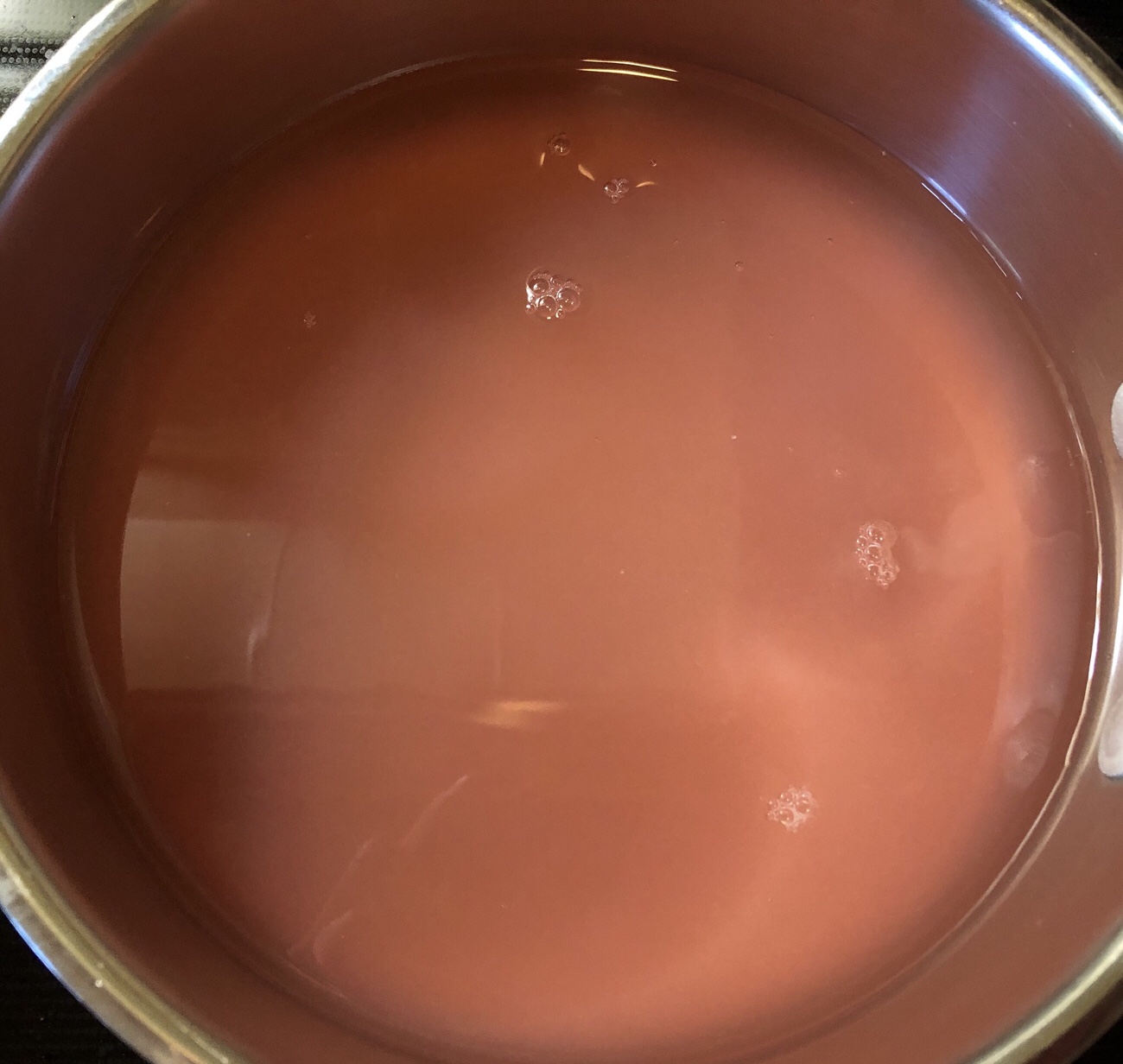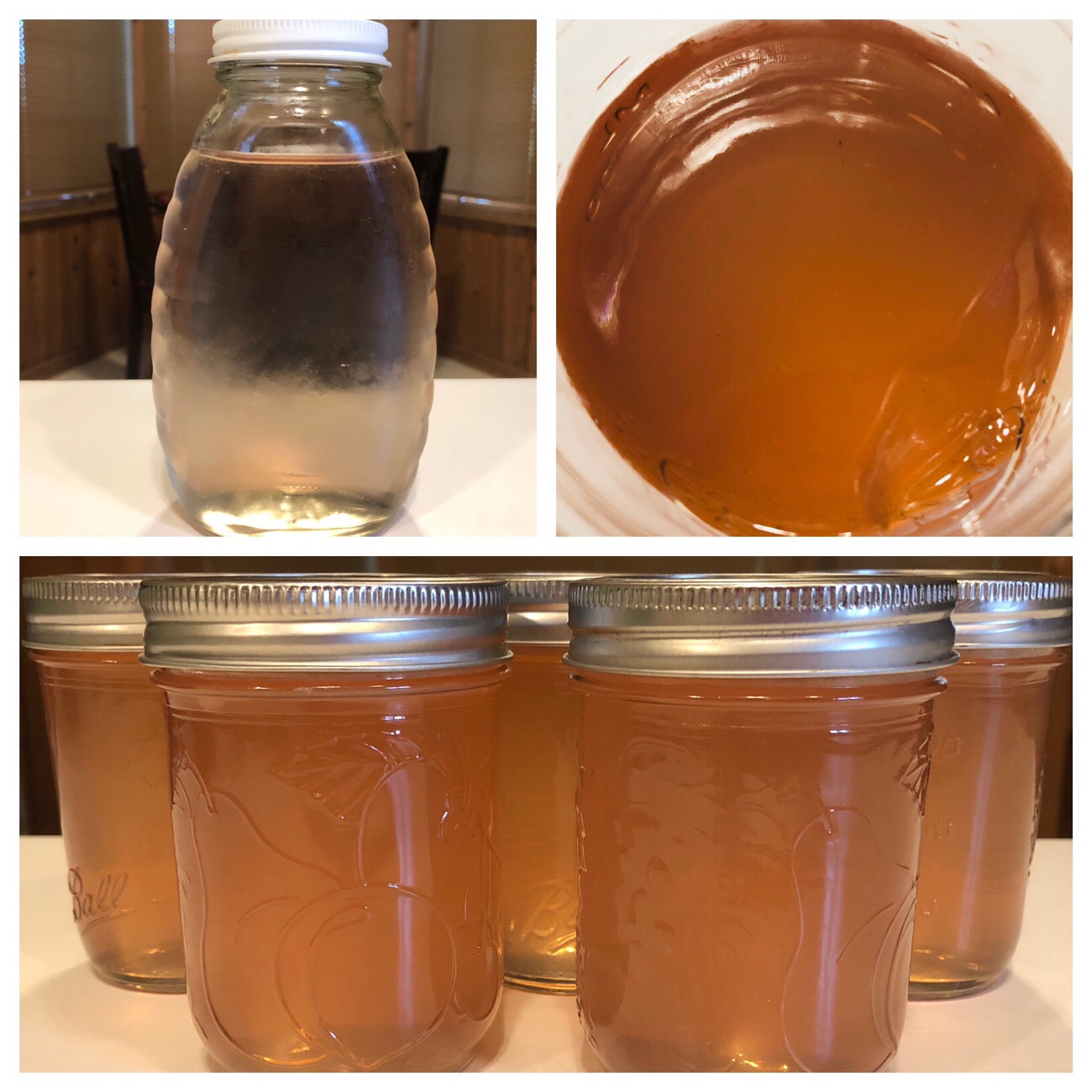
Making food and drink from edible wild-growing plants is truly a gift that brings us closer to the land and its bounty. It illustrates, in a very practical way, the benefits of not using chemicals (pesticides, herbicides, and chemical fertilizers): we don’t have to worry about what’s been sprayed on our property…because nothing has been. And that means I can collect the frilly white flower heads of wild-growing Queen Anne’s Lace for jelly and know that I’m getting exactly what I think I am and nothing extra.
Know what you’re harvesting: with any wild plant, it’s critically important that you correctly identify it to avoid ingesting a potentially toxic lookalike. Queen Anne’s Lace does have a couple of lookalikes, one of which is hemlock. Sound familiar? Yes, it’s the poison that killed Socrates. It’s toxic stuff. If you’re a novice forager, it would be prudent to have an expert instruct you in the proper identification of this or any plant with which you are unfamiliar before you eat or use it. In short, as is stated in this Guide for Foragers, “DO NOT EAT ANYTHING YOU CANNOT POSITIVELY IDENTIFY AND DEEM SAFE.”
Ever seen the movie “Into The Wild”? In it, the title character, a young man living off the land in Alaska, misidentifies a plant, eats a bunch of it, and dies a slow death of starvation because the plant caused paralysis and he’s all alone in the wilderness and is unable to find food. ((shudder)) This is a cautionary – and sadly real-life – tale; in the movie, he realizes, too late, that he missed aspects of the identification that were in his plant identification book in his haste to satisfy his hunger. Ok, enough about the movie. I read about and viewed many photos of the plants – one of many resources I studied is from Raven’s Roots’ site: How to Tell the Difference Between Poison Hemlock and Queen Anne’s Lace.
The approximately 20 umbels I collected (these plants have proliferated along fencelines, especially) were very easy to harvest and the removal of the flowers hardly made a dent in the overall population. I laid the cut flower heads out on a cookie sheet to allow the occupants time to evacuate before I poured the hot water over – tiny spiders and beetles emerged and were relocated outside. I then prepared the infusion and decided to let it steep overnight, rather than making jelly into the wee hours.

The next day, I poured the strained infusion into a saucepan and added the lemon juice, pectin, and (later) the sugar. It boiled for a minute, then was ready for the pre-sterilized jars.


I used a glass measuring cup with a pour spout to fill the jars with hot jelly. Knowing that kind of thick, sticky liquid could give me a good burn, I handled it carefully. Jars were filled to about 1/8″ from the top, rims wiped, and lids screwed on. Per the pectin box’s instructions, I inverted the jars for 5 minutes, then turned them back over. The filled jars then cooled and set, undisturbed, for 24 hours.

The jelly is a beautiful, soft pink color and it tastes like honeyed citrus, perhaps grapefruit. In short, it’s delightful. The syrup is a clear green with a citrus/pine flavor…a perfect complement to homemade grapefruit wine. It was a good way to use the extra cup of infused liquid I ended up with after pouring off the 3 cups for the jelly, and the syrup will add wonderful, complex flavor to cocktails and other beverages.

What’s better than making something delicious from your own yard? And from a flower that requires no maintenance? Winner! Find the jelly recipe here: Pixie’s Pocket – Queen Anne’s Lace Jelly.

Comments are closed.